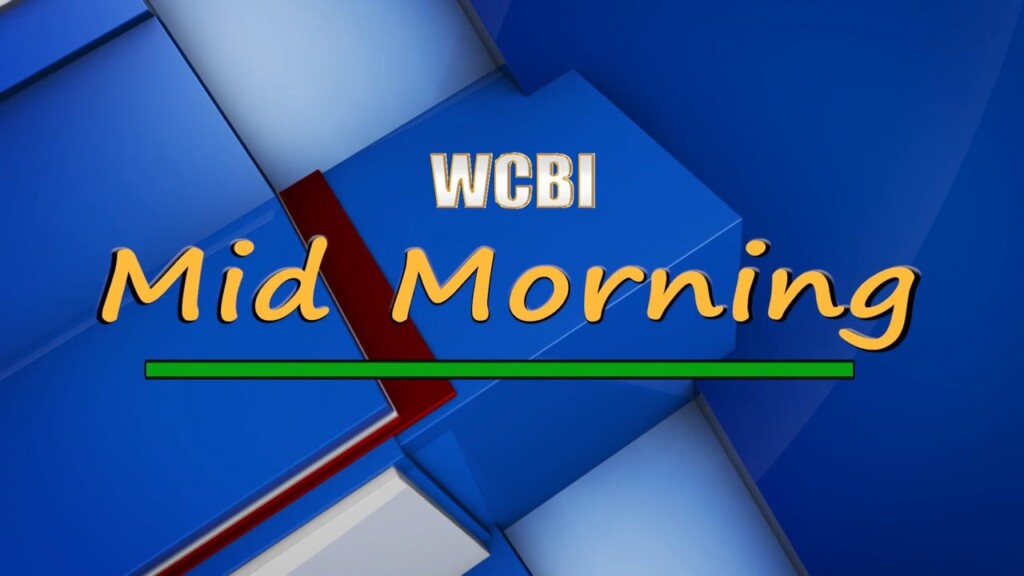50 million Americans just had credit card limits cut
About 1 in 4 credit card holders — or almost 50 million Americans — had their credit limits cut or their card accounts closed in the past 30 days, according to a consumer survey by Lending Tree’s Compare Cards website. The reductions particularly affected men between the ages 18 and 38, according to the survey.
Lenders aren’t required to tell customers when their credit limits are lowered, LendingTree analyst Matt Schulz said, adding that many lenders made their moves in the past month to avert losses if cash-strapped consumers struggle to keep up with payments amid surging U.S. unemployment.
The credit curbs happened just when household budgets are particularly strained from coronavirus-related job losses and families are believed to be using their cards more frequently. The Lending Tree survey reports that 42% more cardholders said they used their credit in the last month compared to the same period last year.
“While the moves make bottom-line sense for card issuers, they don’t make it any easier for cardholders,” Schulz said. “The reductions and closures come at the worst possible time.”
Total credit card debt is about $1.1 trillion nationwide and has been growing steadily since 2015, Federal Reserve data show. That debt was already crushing many U.S. households before the novel coronavirus struck America, according to CBS News Senior Business Analyst Jill Schlesinger.
In fact, payment delinquencies were at a seven-year high just before the pandemic, Schlesinger said. “Many of these credit card accounts won’t will not be able to get paid in-full for a very long time,” she said.
The LendingTree survey doesn’t detail how much credit card limits have been reduced, but Schulz said it’s likely in the thousands of dollars per cardholder.
Businesses deemed non-essential were forced to close over the past seven weeks while government officials worked to contain the coronavirus. The closures meant companies lost millions of dollars in sales and subsequently laid off employees. More than 30 million people have filed for unemployment since then and many jobless people say they’ve waited more than a month to get payment.
“Many consumers intend to use their cards to help bridge the gap between their last pre-layoff paycheck and their first unemployment check,” Schulz said. “Having their cards’ credit limits slashed makes that much harder.”
Schulz suggested borrowers struggling with credit card debt ask their card issuers to reconsider their new limits. “Chances of success may not be high, bit it’s worth asking,” he said.
Schulz also suggested focusing on dormant credit cards, which he said “are most likely to be closed by these types of lenders.” Consider moving small recurring payments to the dormant card — like a Netflix or Spotify subscription — and set up an auto-pay feature to handle the payments.
“That regular $10 to $20 charge keeps your card active without adding any unnecessary expense to your budget,” he said, preserving the now-active card’s larger spending limit for true spending emergencies.





Leave a Reply